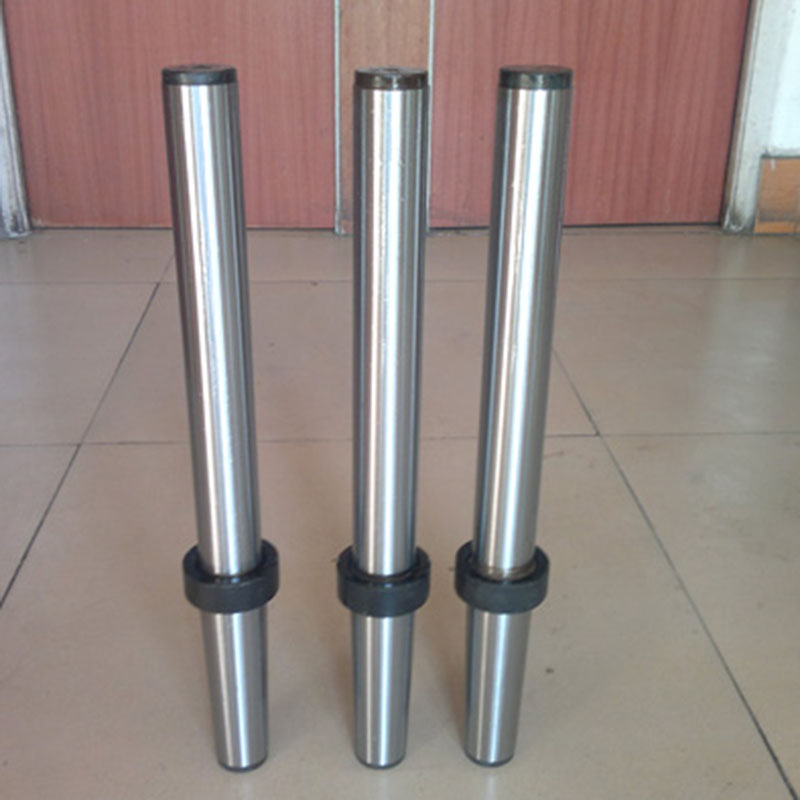sij . 02, 2025 05:55 Back to list
3 types of check valves
Understanding the Three Types of Check Valves
Check valves, also known as non-return valves, are crucial components in various fluid systems, ensuring that flow occurs in one direction only. They play a vital role in preventing backflow, which can lead to equipment damage or system inefficiencies. In this article, we will explore the three main types of check valves ball check valves, swing check valves, and lift check valves, detailing their functions, advantages, and typical applications.
1. Ball Check Valves
Ball check valves utilize a spherical ball to prevent backflow. They are designed to close when flow reverses, allowing the ball to seat against a valve opening and prevent any fluid passage. One of the standout features of ball check valves is their ability to function effectively in both horizontal and vertical installations. This flexibility makes them ideal for various applications, including water pumping stations and sewage systems.
The primary advantage of ball check valves is their minimal pressure drop during operation. Since the ball can easily move up and down the valve seat, they allow for efficient fluid flow when the system is pressurized in the correct direction. However, they may require occasional maintenance since debris can cause the ball to stick and affect the valve's performance.
2. Swing Check Valves
Swing check valves operate using a hinged disc that swings open with forward flow and closes against a seat to prevent backflow. They are typically installed in horizontal pipelines but can also be used in vertical orientations with proper consideration. Swing check valves are favored for their simplicity and durability, making them prevalent in various applications such as water treatment plants, HVAC systems, and oil and gas pipelines.
3 types of check valves

The main advantage of swing check valves is their low pressure drop once fully opened, which ensures efficient fluid flow. Additionally, they can handle large flow volumes effectively, reducing the risk of water hammer, a phenomenon caused by sudden changes in fluid momentum. However, swing check valves can be slower to close than other types, leading to a brief period of potential backflow during rapid flow changes.
3. Lift Check Valves
Lift check valves, also known as globe check valves, feature a disc that moves up and down along a vertical axis to open and close the flow path. When fluid flows in the correct direction, the disc lifts off the seat, allowing fluid to pass. Upon reverse flow, gravity or spring force brings the disc back down, sealing the opening.
Lift check valves are particularly useful in applications where space constraints require vertical designs, such as in pump systems or applications requiring precise flow control. One of the key benefits of lift check valves is their ability to manage high pressure and temperature conditions effectively. However, they may experience a higher pressure drop compared to ball or swing check valves, so their installation should consider potential energy costs associated with this loss.
Conclusion
Selecting the appropriate check valve for a specific application is crucial for ensuring optimal performance and longevity of fluid systems. Understanding the three main types of check valves—ball, swing, and lift—allows engineers and system designers to tailor their choices based on flow requirements, pressure conditions, and installation preferences. By carefully considering these factors, it is possible to achieve a reliable and efficient fluid handling system, minimizing the risks associated with backflow and promoting overall operational integrity.
-
Why Metric Trapezoidal Thread is Ideal for Precision Motion ControlNewsAug.05,2025
-
The Unique Properties of a Block of Granite for Industrial UseNewsAug.05,2025
-
The Role of Flanged Y Strainers in Preventing Pipeline ClogsNewsAug.05,2025
-
The Importance of Regular Calibration for Master Ring GagesNewsAug.05,2025
-
How a Cast Iron Surface Table Enhances Accuracy in ManufacturingNewsAug.05,2025
-
Comparing Different Check Valve Types for Optimal Flow ControlNewsAug.05,2025
Related PRODUCTS









